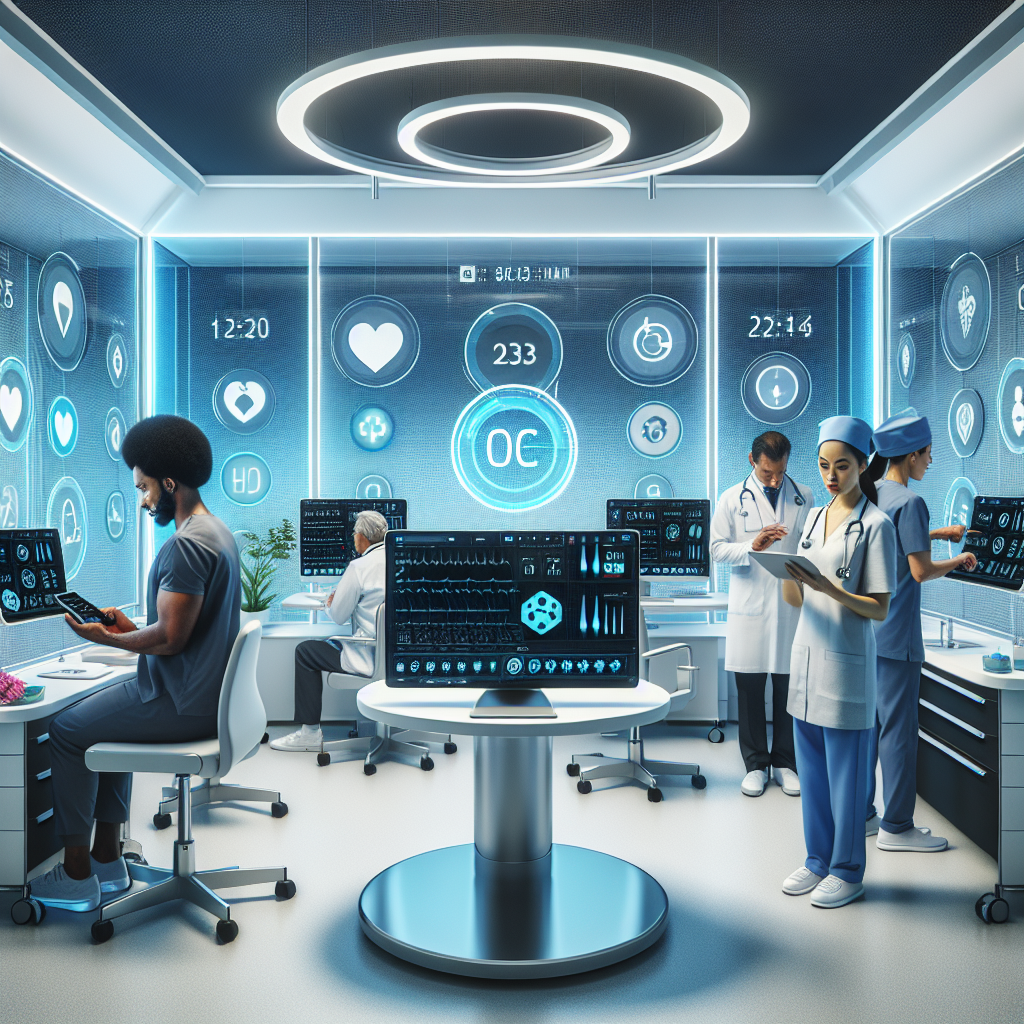
The Pulse of Progress: Safeguarding IoT in Healthcare
Introduction
The presence of the interconnectivity revolution has benefited many sectors, especially in digital concerns. For instance, in the current world, the integration of IoT to revolutionize and facilitate healthcare systems and services is game-changing. IoT has enabled medical practitioners to monitor their patients’ progress remotely and saved them a lot of time by giving them the correct data to ensure the course of treatment taken yields much-desired hopes. However, the use of various IoT in healthcare systems faces a significant drawback, patients’ privacy.
What is IoT in healthcare?
How does IoT fit into healthcare? What are some of the achievements conferred to the incorporation of IoT in health care?
IoT in healthcare refers to the use of medical devices and integrating them with computer networks; hence, they can interact and present the data monitor from a single or one central place. The IoT concept is driven by medical devices’ capability to interact via the Internet using embedded Wi-Fi technology. The advantages achieved through IoT in health care are:
Real-time monitoring
IoT devices help monitor a patient’s data and present the data in real-time. This measure offers explicit explanations of the patient’s vitals, including the heart rate, temperature, activity, and levels.
Remote monitoring
IoT devices thus allow monitoring patients’ progress from wherever one is situated, thus, reducing the cases where patients are re-admitted to hospitals.
Better outcomes
The technology presents the data to physicians and caregivers, enabling early solutions enhancing better outcomes to the patient.
Reduces the cost of treatment
IoT reduces the basis of hospital readmissions by monitoring patients at home; this has a direct impact on the cost terms of frequent check-ups.
Accessibility
It increases the access reached by patients to healthcare services, which were previously deemed unapproachable.
What are some of the challenges one can encounter in IoT-based health systems?
Privacy and Security
Privacy and security remain a concern as IoT devices collect sensitive patient data. Health providers cannot own IoT devices if they cannot guarantee the security and privacy of patient data as required by HIPAA. This is because lack of security always leads to data breaches.
Multiple Devices and Protocol Integration
IoT devices operate on different communication protocols. This makes it hard for devices to interconnect and share data. As such, before owning IoT devices, health providers must confirm that the devices are capable of communicating.
Overloading and Inaccuracy
IoT devices may produce very huge data that may be inaccurate. It is not possible to have accurate data when devices overload. Therefore, health providers must confirm that data is being processed accurately.
Cost of the Technology
The cost of acquiring IoT devices and technology is relatively high. Health providers have to dig deep into their pockets to afford these IoT devices. Thus, privacy protection goes hand in hand with the high cost of acquisition.
Safeguarding Patient Privacy in IoT-based Healthcare Systems
Encryption and Authentication
All IoT devices must have encryption and authentication systems for patient’s data protection.
Secure Data Storage
Patient data should be stored safely away from reach by third parties.
Access Control
Access to IoT devices should only be availed to those authorized, and data access should be monitored.
Regular Updates and Maintenance
Regular updates and maintenance should be run once in a while. This is to ensure that there is no vulnerability.
Conclusion
The IoT platform is poised to revolutionize the health sector due to improved patient outcomes, reduced costs, and increased accessibility. However, privacy plays a vital role since unauthorized parties. Therefore, Health providers must adhere to these privacy regulations and others to guarantee patients’ data protection sovereignty while embracing IoT-based technology.
Conclusion
In conclusion, the IoT in healthcare is a rapidly-growing and profitable industry. It has applications beyond remote patient monitoring – from real-time tracking to data analysis. Patients will benefit from the development and use of IoT technology through improved treatment outcomes, cost reduction, and real-time monitoring. Most importantly, healthcare providers must keep patient privacy and security in mind to use IoT-based healthcare systems. As stated above, the future of IoT in healthcare is high and bright, and the IoT market in healthcare generally will only increase further.
